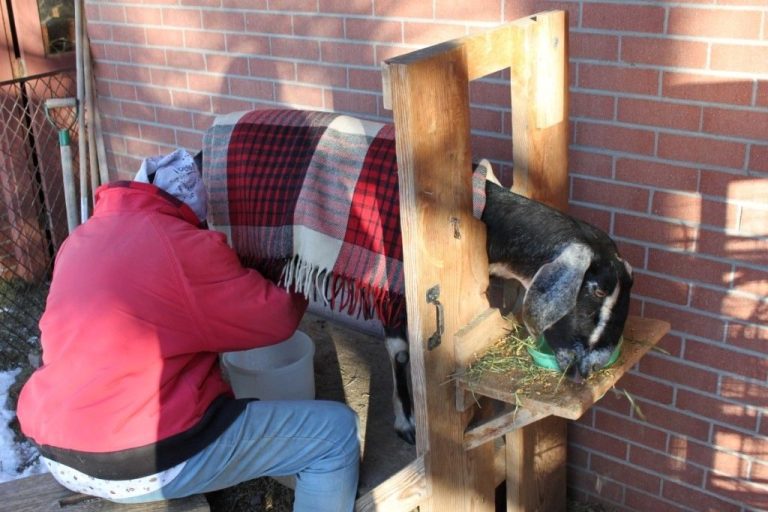
Fridge Values
5 Fridges Farm strives to research and practice realistic local solutions to the issues in our current food system: access, waste, taste, environment, soil/range management, water use, and land conservation. We believe these sustainable options are best disseminated via community engagement, education, hard work, and plain old fun.
Traditional farming spends a lot of time, money, and energy wrestling nature (climate, soil quality, pests, etc) and figuring out how to make money. Natural systems, however, balance themselves with much greater efficiency. So with each year of listening more, and fighting less, with the plants and animals of the Farm, our efforts get more efficient and more sustainable.
It also turns out that when the human farmers don’t have the time, money, or energy for farm projects, they get creative, efficient, and sustainable. Here at 5 Fridges Farm, this has turned into a sort of 3BL (triple bottom line) evaluation for projects - the Farm projects must:
- Provide and maintain healthy habitats and diets for animals and insects (social)
- Promote and sustain the land they live on (environmental)
- Be local and financially sustainable (financial)
Five Fridges Farm was originally known as Red Wing Ranch. Earnestine and Walt Williams owned this acreage from the 1930’s to the mid 1990’s where they raised steer, hogs, chickens, and later goats.

In 2010, Amanda Weaver, urban agricultural researcher and instructor of geography at CU Denver, began working with then-owner Louise Turner, a long-time Wheat Ridge resident and farm neighbor. Louise raised generations of milk goats on the Farm from Earnestine’s original herd.
In 2011, as the new owner of the Farm, Amanda began renovations on the old farmhouse. During this time, refrigerators of all ages and sizes were removed from every room of the 800 square foot farmhouse. Thus, the Farm name was changed to 5 Fridges Farm.

Since Earnestine’s time at the Farm, the city has grown up around it, creating a truly unique opportunity for “urban agriculture” as apartments, houses, condos and a school, surround the farm. Yet, a pond, a year-round creek, the fields with beautiful views of the mountains, the rich soil, the beaver, coyote, and birds of prey continue to make this place very not-urban at the same time.
Upon her death in the early 1990’s, Earnestine established a conservation easement on the land, know as the William’s Wildlife Preserve. Seeing the future of development around the farm, she wanted a way to conserve a place she loved for generations ahead to enjoy. Managed by Colorado Open Lands, the farm is protected for agriculture use and wildlife habitat forever. The land cannot be subdivided or built upon outside of the envelope of currently existing buildings. Though it is privately owned, it is monitored every year to ensure that the conservation values are maintained.

Earnestine called the Farm her “heaven on earth.” We couldn’t agree more! There is healthy space for animals to graze, plants to grow, water to run, wildlife to roam and fly, and humans to reconnect with the land, even though now it is in the middle of a city. Her vision created a model for local urban food systems as well as a very special place for all who visit, work, and live here at the farm.
©Copyright. All rights reserved.
We need your consent to load the translations
We use a third-party service to translate the website content that may collect data about your activity. Please review the details in the privacy policy and accept the service to view the translations.
